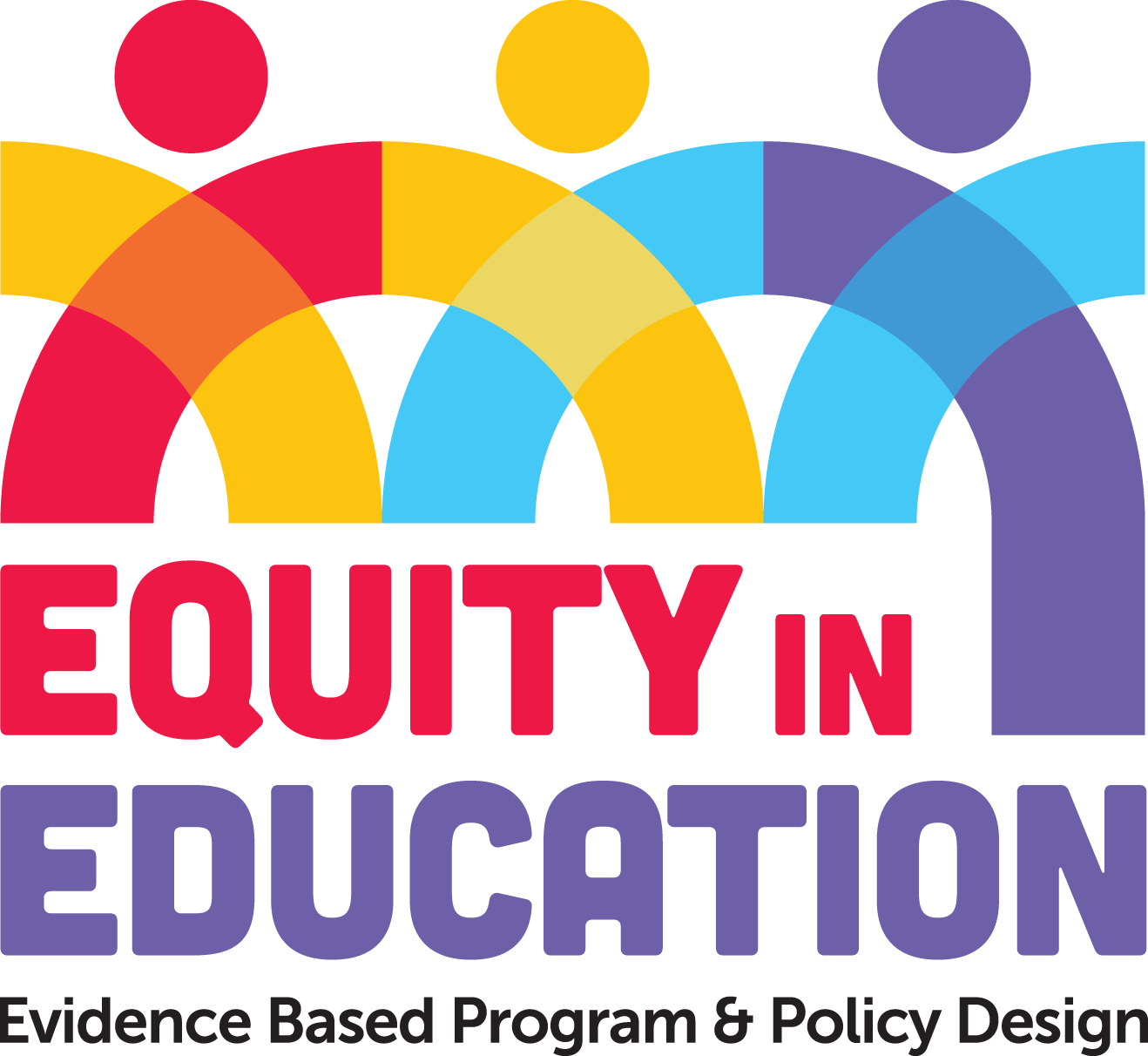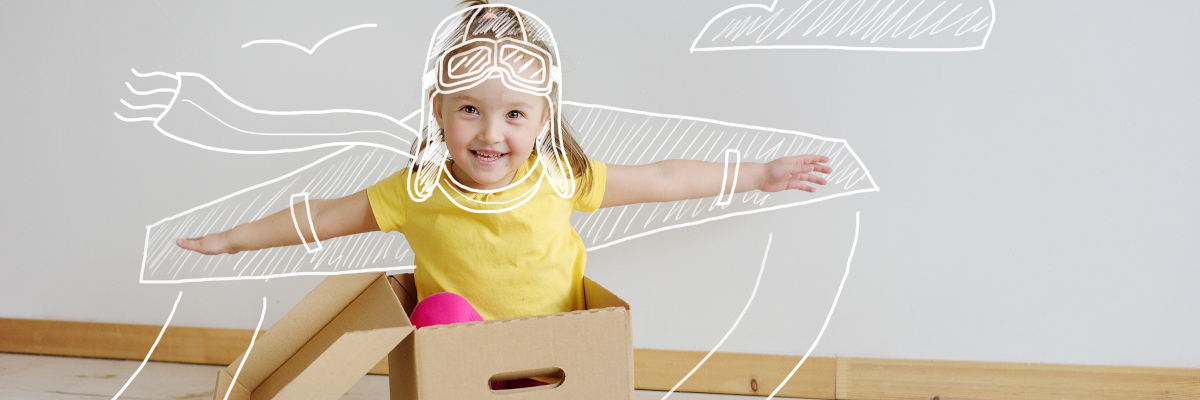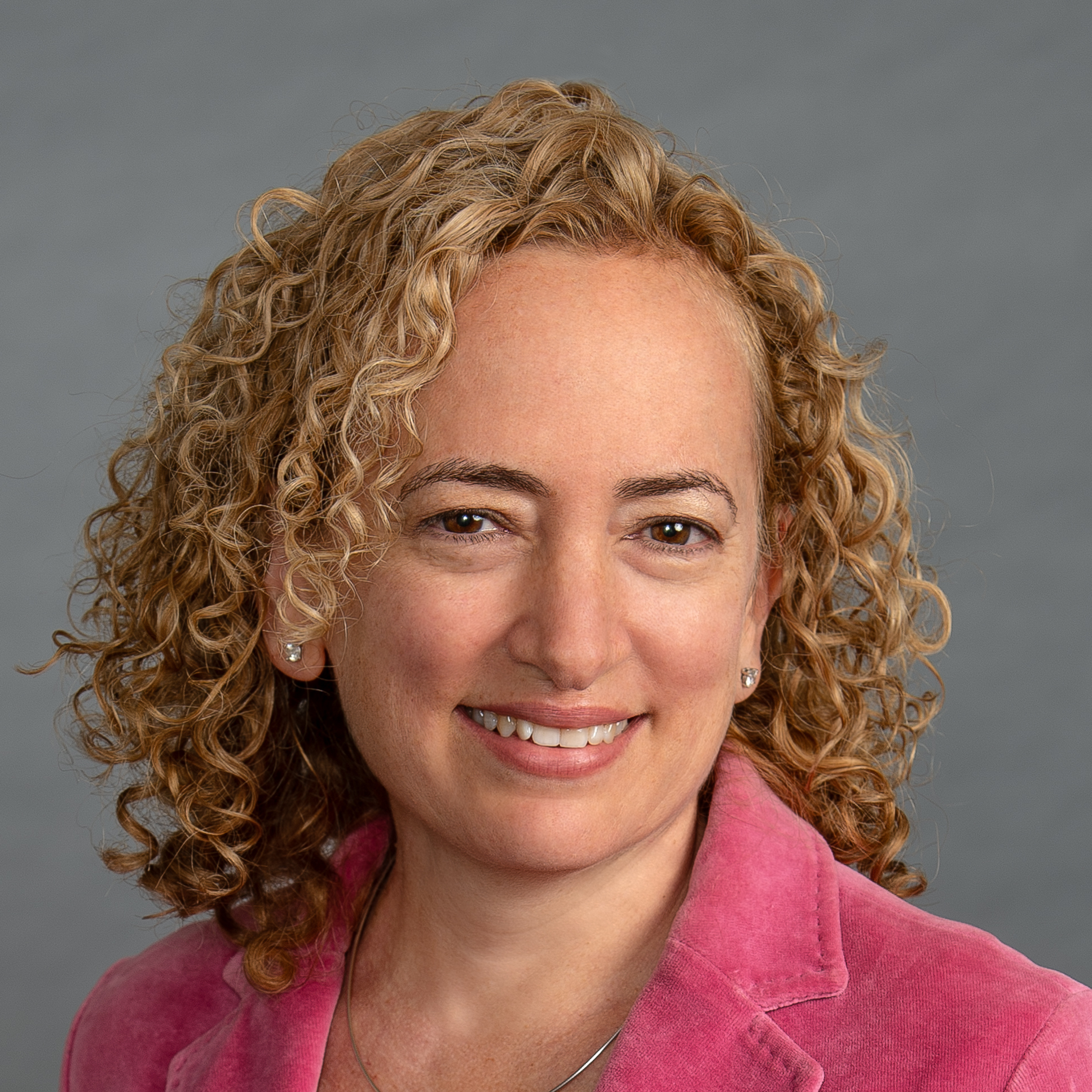Creativity has been identified as one of the most important skills of the 21st century. The development of creativity begins at an early age. Given that most children attend early childhood education and care (ECEC) during this critical developmental period, it is important that there is consensus on how to define and assess creativity in these settings. This scoping review examines how creativity is defined and assessed in ECEC settings. Searches were conducted in ERIC, PsycInfo, Education Source, and Child Development and Adolescent Studies. All articles included in this review are peer-reviewed, available in English, focus on children between the ages of zero to six in ECEC settings, and include measures of children’s creativity. A total of 81 articles met our inclusion criteria. Across these articles, 85 different creativity constructs were identified. Only 22 constructs were reported in two or more studies (e.g., Fluency, Elaboration, Pretend Play) and these were grouped into the following four conceptual groups: (1) Imagination, (2) Cognitive Creativity, (3) Curiosity and Engagement, and (4) Multifaceted Creativity. A framework of creativity by conceptual construct group was generated. A total of 47 measures of creativity were identified with 14 found in two or more studies. Results found considerable heterogeneity in how creativity is defined and measured in ECEC. Implications for practice and future research are provided.
We have also created infographics to highlight key aspects of this content. They are included below.
AUTHORS
Funded Project
Intervention Creation
and Testing







